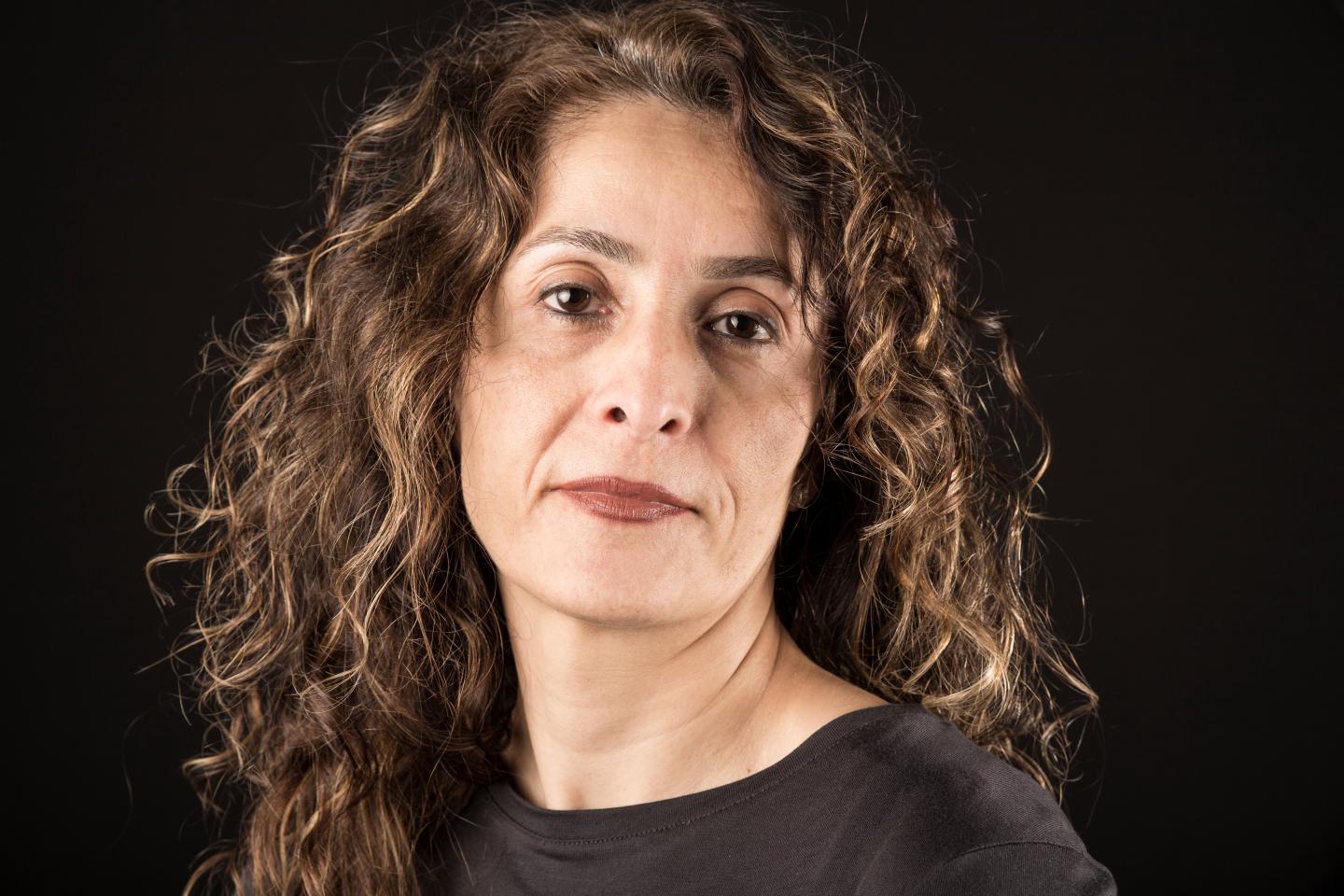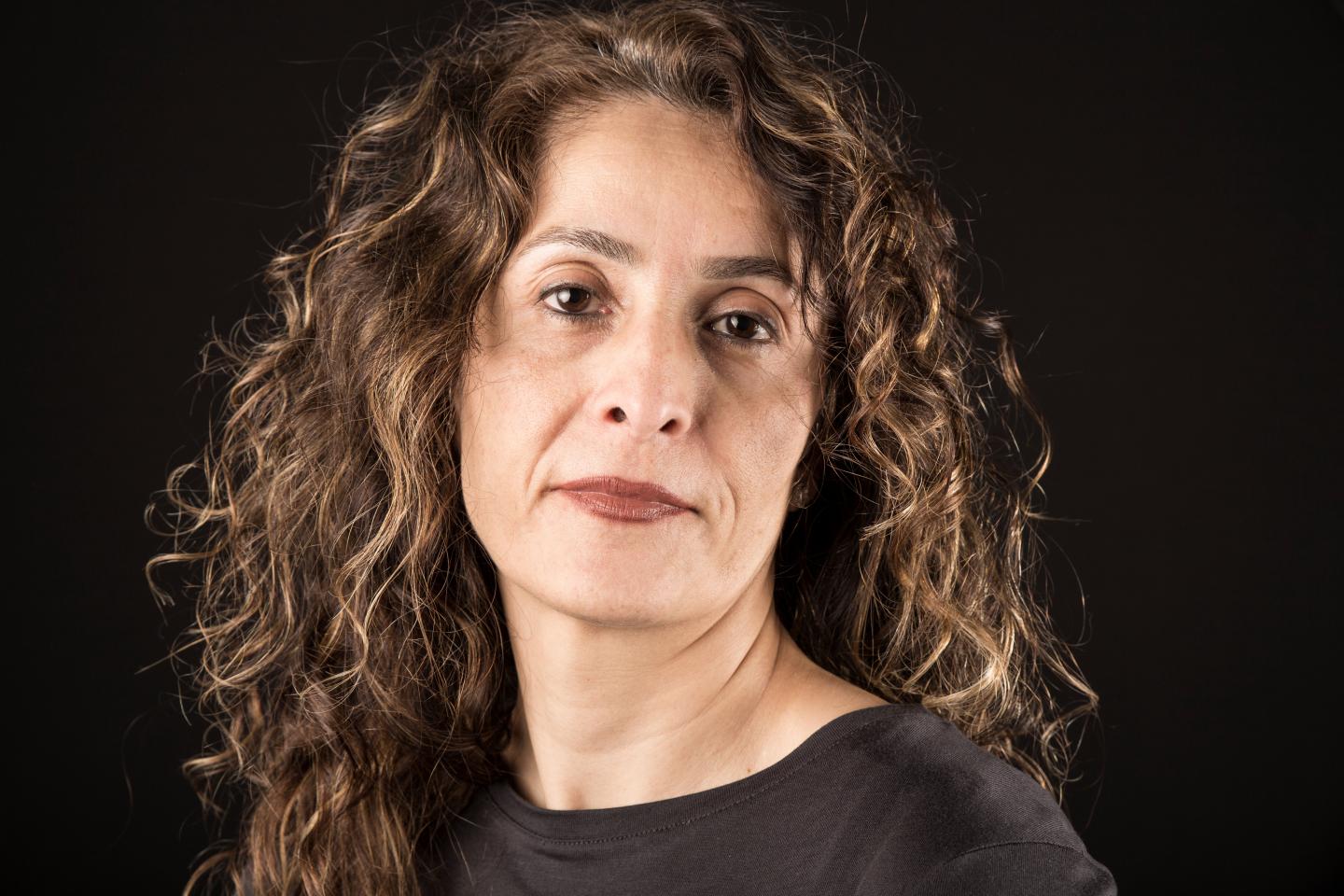
Credit: University of Skövde
New avenues are now being opened for future treatment of Laing distal myopathy, a rare disorder that causes muscles in the feet, hands and elsewhere to atrophy. In a study published in the journal PNAS, researchers have identified an enzyme with a clear link to how the disease develops.
"Now we know that the levels of enzyme activity are an important factor in how quickly the disease progresses. This may mean that the disease could be treated by artificially increasing the activity," says Martin Dahl Halvarsson, PhD student in pathology at the Institute of Biomedicine at Sahlgrenska Academy, and the study's first author.
The muscle disease Laing early-onset distal myopathy is caused by an inherited mutation in a muscle protein, myosin, that normally contributes to muscle contraction. The disease often appears at a young age, from age 5 up to about age 20.
What happens with Laing is that muscle fibers, primarily in the legs, hands, hips, neck and shoulders, atrophy over a period of time. With reduced strength and mobility, patients experience impaired quality of life in the long term. How much and how quickly the disease develops varies greatly, however.
In the current study led by Homa Tajsharghi, professor of biomedicine at the University of Skövde, researchers for the first time introduced the mutation for the disease in an entire organism. This was done through mutation of the gene for myosin in fruit flies. The team's previous research has been based on cell culture experiments and experiments outside living organisms.
In this study mutant flies were crossed with fruit flies that had acquired the property of overproducing a particular enzyme. This property is called Abba in fruit flies and MuRF in humans. This sends signals to the cell's proteasome system to destroy the damaged muscle protein.
The researchers then examined several aspects of both the larvae and the adult flies. They studied both how myosin and other proteins organize themselves over a period of time in diseased fruit flies. They also looked at the crawling patterns of the larvae and the adult flies' ability to jump and climb.
The results show that Laing early-onset distal myopathy manifests itself similarly in fruit flies and humans and that the Abba enzyme constitutes a counterbalance to the mutation. Fruit flies with an overproduction of Abba are immune to the disease, provided they are heterozygotes, with one mutated and one normal gene.
The homozygote flies, with double mutations, did not survive to adulthood. In humans, however, homozygotes have never been diagnosed. This might be because people cannot survive with double mutations.
"We have treated diseased fruit flies that carry the same genetic change as patients with Laing distal myopathy," says Homa Tajsharghi, corresponding author behind the study. "The flies were cured and recovered muscle strength and the ability to fly. Naturally there are differences between fruit flies and humans, and additional studies are needed."
###
Title: Drosophila model of myosin myopathy rescued by overexpression of a TRIM-protein family member; http://www.pnas.org/content/115/28/E6566
Contacts: Martin Dahl Halvarsson +46 707 48 19 96; [email protected], and Homa Tajsharghi +46 736 22 55 25; [email protected]
Media Contact
Homa Tajsharghi
[email protected]
46-736-225-525
@uniofgothenburg
http://www.gu.se/english
Original Source
https://sahlgrenska.gu.se/english/research/news-events/news-article/?languageId=100001&contentId=1585875&disableRedirect=true&returnUrl=http%3A%2F%2Fsahlgrenska.gu.se%2Fforskning%2Faktuellt%2Fnyhet%2F%2Fnya-fynd-kring-laing-muskelsjukdom.cid1585875 http://dx.doi.org/10.1073/pnas.1800727115





